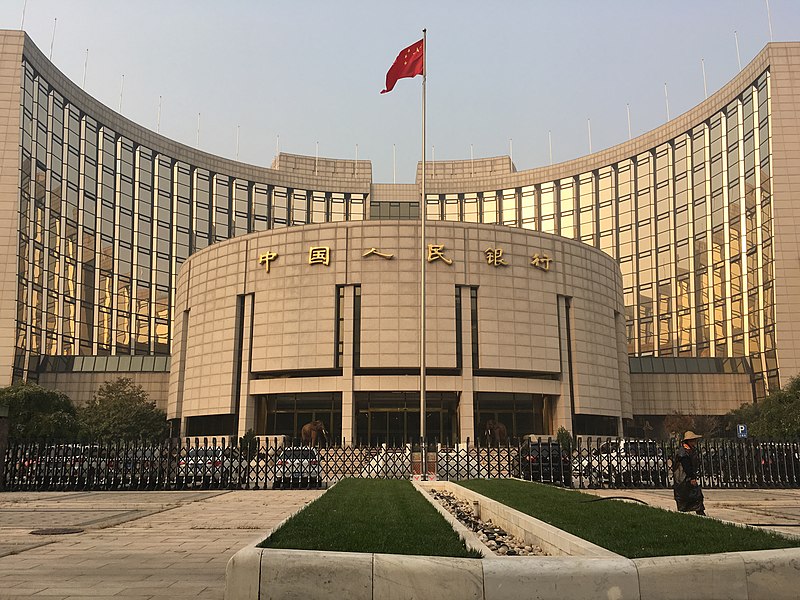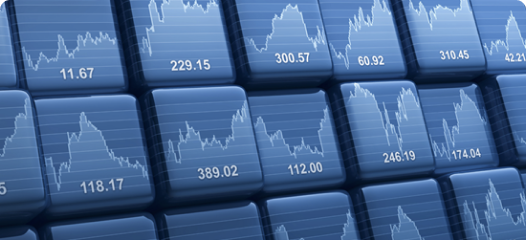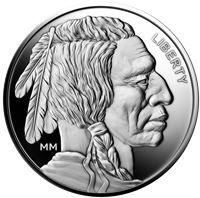Platinum Spot Price
Friday, April 26, 2024 at 3:01 AM EST Refresh page to update.
Our Precious Metals Insider Latest News

China Has Taken Over Gold Price Control from the West
The People’s Bank of China (PBoC) bought 735 tonnes of gold in 20...
Daily Deals
Buyers Guides

Beginner's Guide to Investing in Precious Metals
Allocating some of your investment dollars to precious metals is a wise decision. But doing your due diligence before you make a purchase is even wiser.
Platinum Spot Price FAQ
What is the spot price of platinum?
The spot price of platinum is a fluctuating price used as the fair market value for platinum bullion at any given moment. This is wholesale value for a unit of platinum without any added premiums.
The spot price is the benchmark used by producers, mints, and dealers when pricing their platinum products.
What is the highest price platinum has ever been?
The all-time high platinum price was about $2,270 per troy ounce. It was reached in March of 2008.
Is platinum more rare than gold?
Many believe the answer is yes. Technically speaking, gold is actually slightly rarer than platinum on our planet.
The difference is that gold is found in many different areas of the world and is relatively easy to extract from the ground, whereas platinum deposits are concentrated in a few key regions and are more expensive to mine.
How is the spot price of platinum calculated?
The spot price of platinum is a reflection of the forces of supply and demand in the platinum market. It is influenced by both the aggregate level of demand for platinum (from automakers, jewelers, and investors) as well as the available supply of the metal.
While various other factors can cause a shift in supply or demand, the trade of platinum contracts on the futures market is probably the largest single driver of the platinum spot price.
How often do platinum spot prices change?
Platinum spot prices are changing all the time. They respond to the trading of platinum on exchange markets, which goes on constantly when all the exchange platforms around the world are accounted for.
What can cause the spot price of platinum to change?
Supply and demand are the primary determinants of changes in the platinum spot price. Most other smaller variables will fall under the umbrella of these two factors.
The largest driver of demand for platinum is its industrial uses, particularly in the catalytic converters of automobiles, so the manufacture of cars can also affect the spot price of platinum.
Supply-side variables such as new mining operations and cuts in production can influence the spot price down or up, respectively. Demand-side concerns such as collectors’ interest in platinum coins and consumers’ taste for platinum jewelry can also have an effect on the spot price.
What currency is the spot price of platinum denominated in?
Platinum prices are denominated in U.S. dollars, just as most other commodities traded around the globe are.
This is due in no small measure to the status of the USD as the world’s reserve currency. The use of dollars eliminates the transaction costs of converting unlike currencies, as just about every country in the world holds dollars in their Forex reserves.
What amount of platinum does the spot price refer to?
Per tradition, precious metal spot prices are always measured by the troy ounce, an archaic system of weights. One troy ounce is equal to 31.1 grams, slightly heavier than the standard avoirdupois ounce.
Is the spot price of platinum universal?
Yes, the platinum spot price applies wherever you are in the world.
Because the spot price is subject to influences from all corners of the global economy, it makes sense that this benchmark price would be applicable in real time anywhere and everywhere you go. This is true whether you buy platinum online or in person.
Why can’t I buy platinum at the spot price?
The spot price of platinum is the price at which mining companies are able to sell newly mined platinum. This means that all costs borne by mints and dealers (i.e. the cost of minting coins or doing business online) must be factored in on top of the spot price.
If dealers were to sell platinum and other precious metals at their respective spot price, they would be unable to earn a profit, and thus be forced out of business.
Does the spot price include markups or shipping costs?
No, markups and other added costs are not included in the platinum spot price. The spot price also does not include any costs related to the processing and fabrication of the platinum into its bullion form.
Why are some platinum products priced so much higher than others?
Pricing for platinum products can vary depending on what form the platinum comes in, and whether or not the item has any collectible appeal.
Generic platinum products will be priced close to their melt value (the spot price), as they are generally only purchased for their underlying precious metal content. Meanwhile, legal tender platinum coins or special platinum collectibles will have higher premiums due to the added labor and specialization involved in their production, which is why the difference in price arises.
How are the premiums over spot calculated? Are they the same for all platinum products?
No, premiums over spot vary from item to item, and are based on factors that include, but are not limited to, the following: the cost of fabricating platinum into a bar or coin; the added labor costs for detailed art designs; producer-to-producer (or miner-to-refiner) shipping expenses; and any collectible or numismatic premiums for scarce collectibles.
Some more generic items may only be a few dollars over spot, while other rarer platinum products could acquire premiums in excess of 100% of their intrinsic value.
What are bid and ask prices?
The bid price is how much a dealer is willing to pay for a specific item. The ask price is the amount the dealer is selling the item for.
These values are for sight unseen products, and do not account for rare or unique versions of a product. The “dealer spread” between the bid and ask prices for the same item is often used as an indicator of that product’s liquidity.
Do mining companies have any effect on the price of platinum?
Mining companies can only sell their platinum, and other precious metals, at the market spot price for platinum. However, because mining companies incur such large overhead costs for research and development, if spot prices fall too low, mining companies may decide to scale back production, which can act as an upward pressure on the spot price of platinum.
Is platinum traded 24 hours a day?
Yes, due to the global presence of commodities exchanges all over the world (i.e Hong Kong, New York, London), precious metals are traded on a 24-hour basis. This ensures that spot prices for precious metals, like platinum, are constantly fluctuating.
Does the monetary denomination of a platinum coin affect its overall value?
What makes a coin a “coin” is that it must be legal tender for the redemption of debts. Simply having a legal tender status, which makes a round piece of platinum a coin, will typically increase the overall value of the platinum itself.
The specific monetary denomination of a platinum coin is usually related to the size of the coin itself, i.e. 1 oz Platinum Eagles have a face value of $100 and 1/2 oz Platinum Eagles have a face value of $50. However, the amount of face value assigned to an investment-grade bullion coin typically has little bearing on the total value of a platinum coin, since the intrinsic value is usually much higher.

